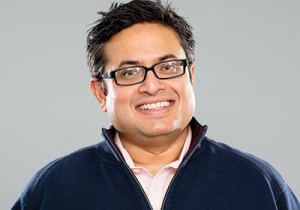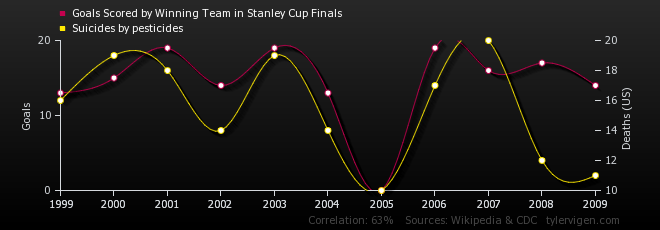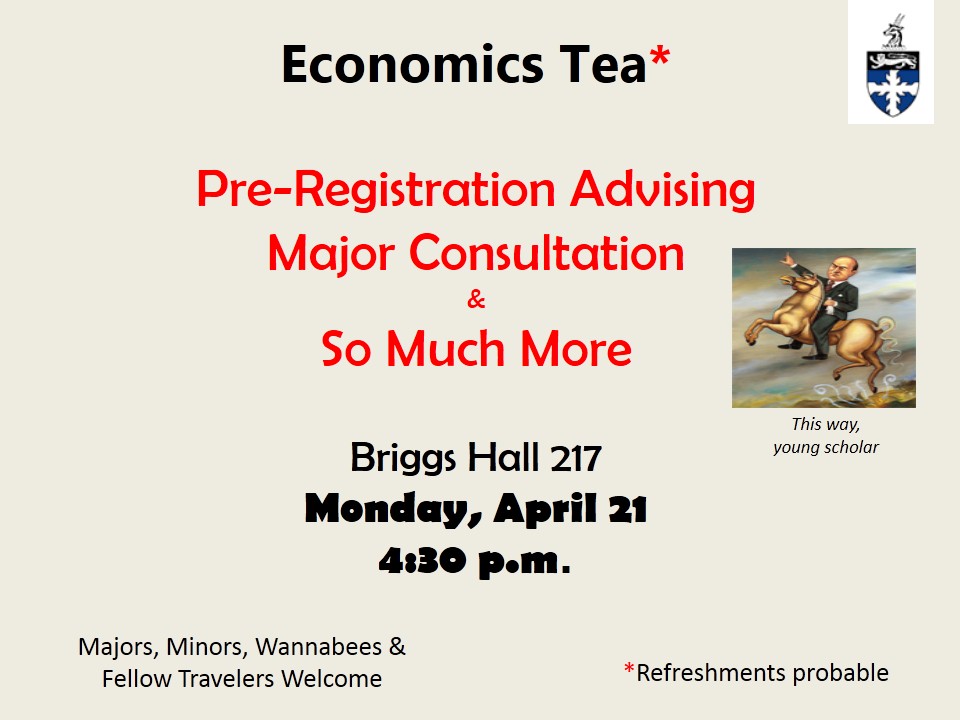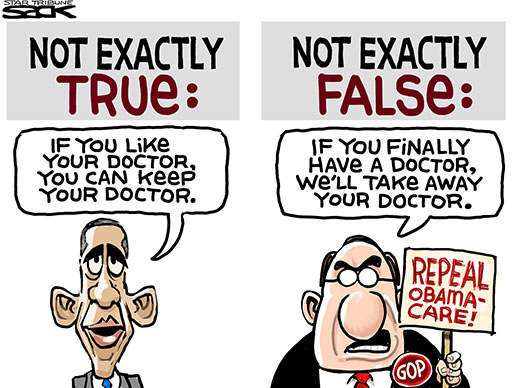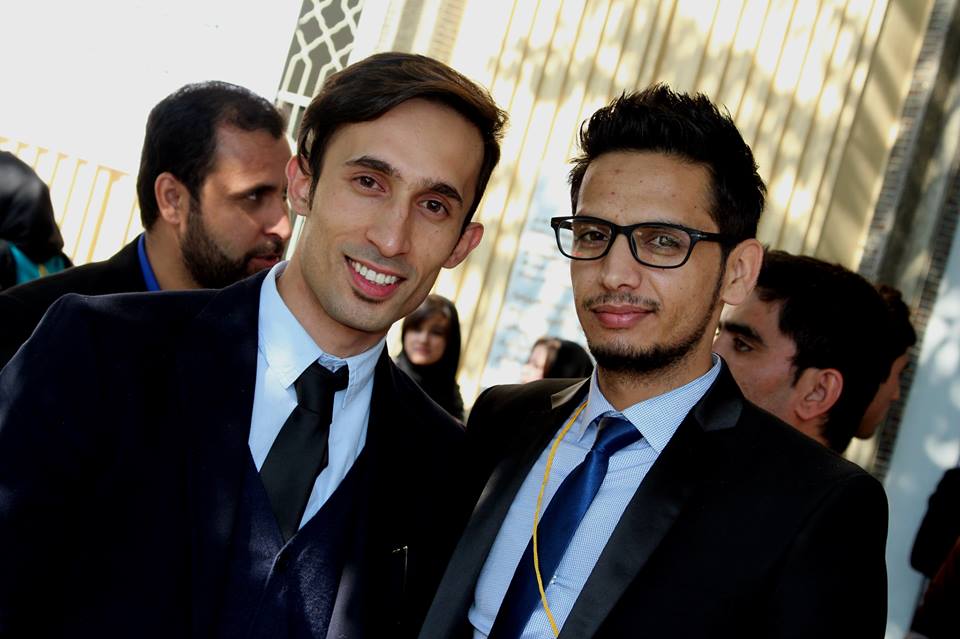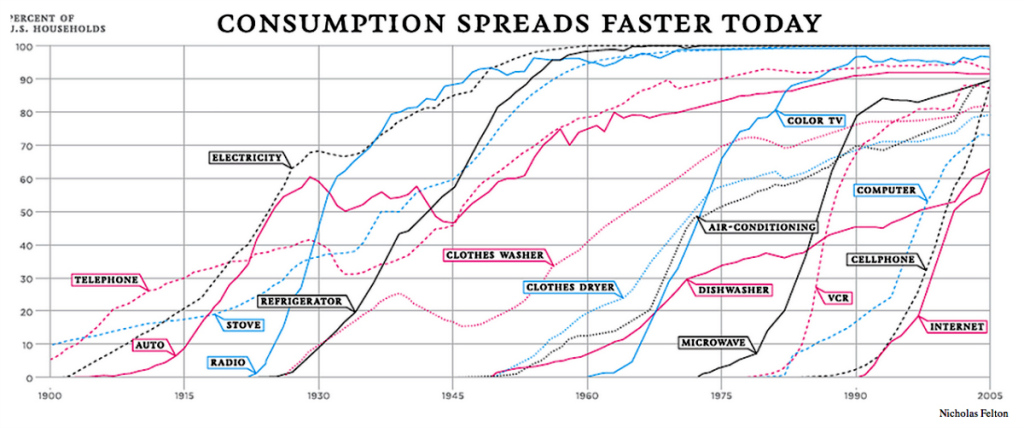Hillary Caruthers, a visiting professor at Berry College, will visit campus Thursday and deliver the next edition of the Economics Colloquium. Professor Caruthers is a recent Ph.D. from the University of Wisconsin-Madison. Her talk will be at 4:30 Thursday in Steitz 102.
“Household Risk Management and Rural to Urban Migration in Indonesia”
ABSTRACT: This paper investigates the role of risk in rural to urban migration decisions using Indonesian household-level panel data. Specifically, I use consumption data and measures of household risk aversion to test whether rural to urban migration is a means of managing risk among uninsured households via the diversification of household income flows. Most previous studies of risk and migration do not analyze the migrant’s choice of destination but instead focus on the relationship between risk aversion and the likelihood of migration; however, if migration is motivated, in part, by household risk management, then the level of risk aversion should impact both the propensity to migrate and the destination of migration. In this paper I generate predictions regarding the relationship between household risk aversion and the economic riskiness of receiving regions and test these predictions using a multinomial logit estimation. Empirical results generally affirm the predictions of the model. Households prefer to send migrants to destinations with lower consumption variability and, as predicted, this preference is stronger among households with higher risk aversion. Also, all households prefer destinations where average consumption is less correlated with home consumption.
You can see a draft of the paper here.
